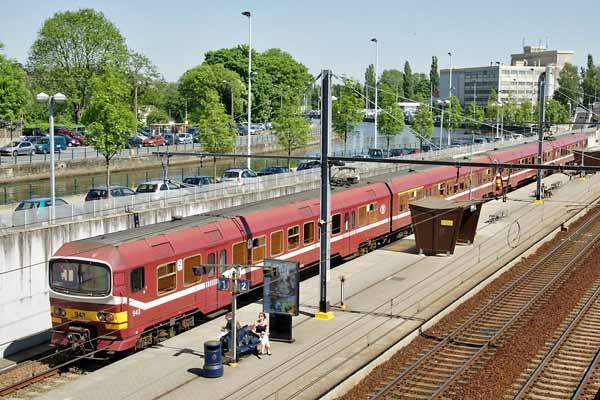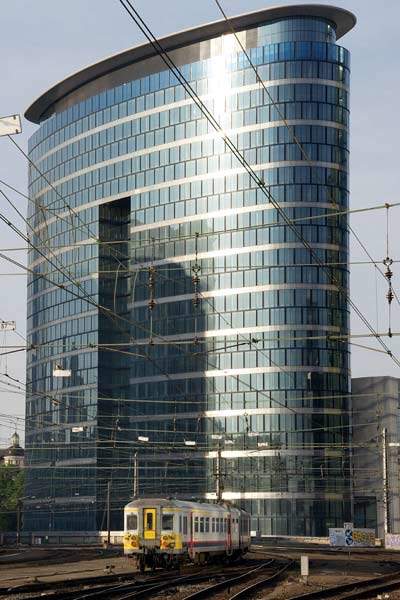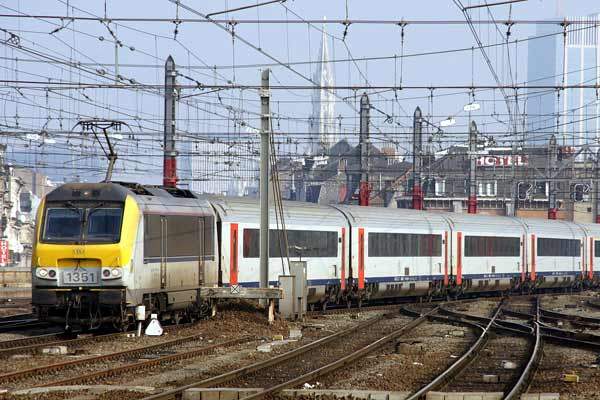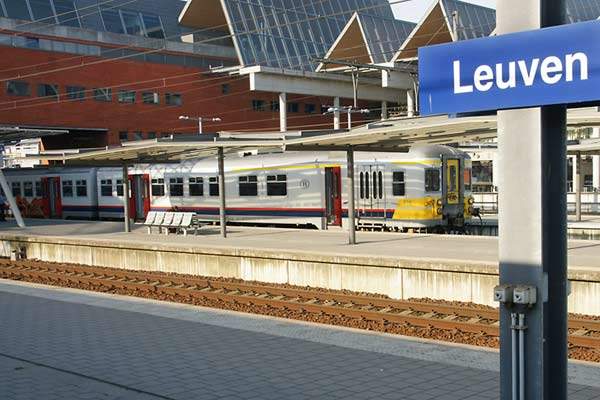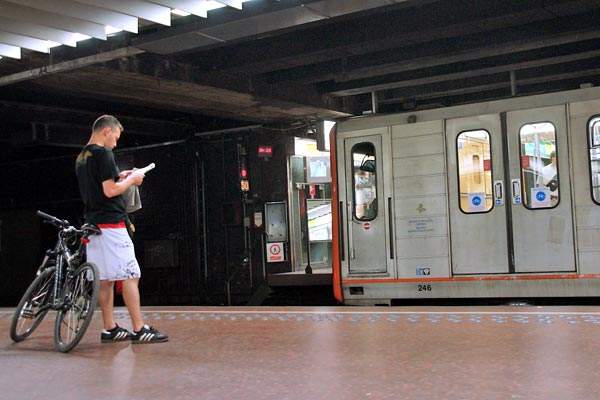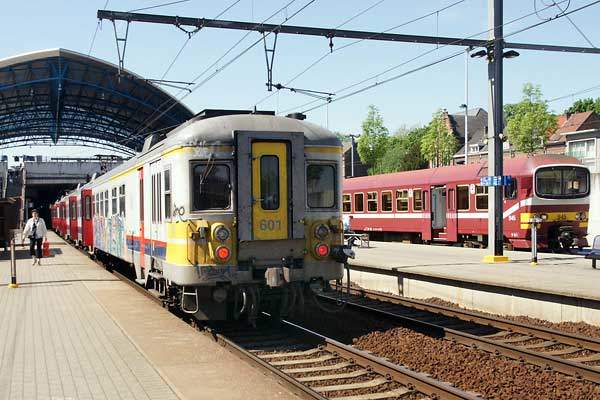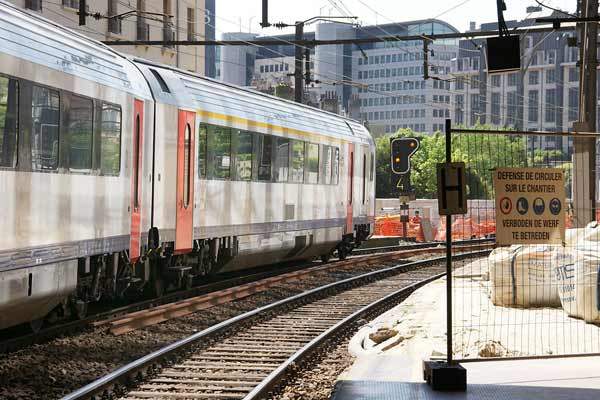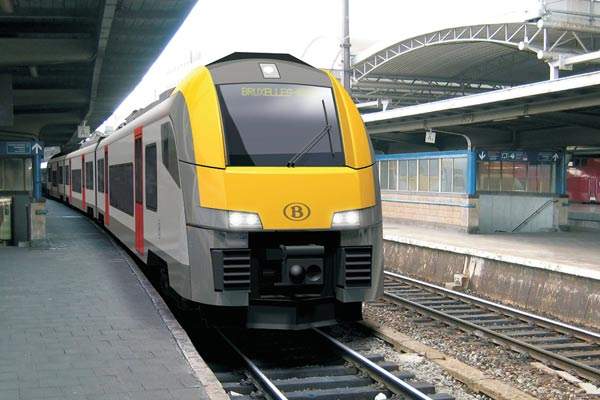The Belgian capital of Brussels is also the focal point of the country’s densely packed railway network. A high proportion of the 10.5 million national population lives within easy commuting time of Brussels, with substantial cities such as Leuven, Antwerpen, Gent and Charleroi all perceived as being within the travel-to-work area.
The opening of the North-South Junction line that eradicated the main termini in the early 1950s allowed services to work through the cross-city tunnel that connects the principal stations, Brussels Midi and Nord, also the underground Brussels Centraal nearest the historic centre.
The city has prospered as the main administrative hub of the European Community and as a leading commercial centre. Rail investment has increased in recent years with substantial projects such as the high-speed line programme and the Diabolo, also re-equipping of the Brussels tram and metro systems.
THE PROJECT
To make rail services around Brussels and its hinterland more coherent and to improve frequencies on the busiest sections, infrastructure body Infrabel and train operator SNCB/NMBS are creating an RER network. The Réseau Express Régional terminology reflects the Francophone nature of the capital, albeit immediately surrounded by areas of Dutch-speaking Belgium.
As with the Paris RER, the basis is of designated routes – eight for Brussels – operating clock-face departures and consistent running times. The overall Infrabel investment is put at €1,850bn.
INFRASTRUCTURE
Lines within the RER project are broadly defined by a 30km radius of Brussels. Parts of the project are already in situ, as with the rebuilding of south-western terminus Halle which incorporated the access tracks to the high-speed line to Lille, also some relatively minor upgrades to suburban stations.
The most substantial works to create the RER relate to quadrupling previously double tracks, essential to give the capability of frequent station stops without delaying through traffic. RER and other local traffic will take one pair, with long distance trains such as SNBC IC and Thalys/TGV/Eurostar occupying the other.
The Leuven route had this carried out as part of the Belgian high-speed project. Lines for quadrupling include those to Ottignies, Nivelles and Denderleeuw.
Within Brussels, the RER scheme embodies the Watermael-Schuman-Josaphat project that will add a new double-track 1.25km tunnel in the north east of the city to allow routing trains via the ‘European Quarter’ for direct access to Brussels National Airport (Zaventem), cutting current times between the two by two-thirds to 13 minutes.
It will also give better access to the Leuven line (for Liège and Köln) without using the congested North-South Junction. Located beneath the site of the European Commission Berlaymont building, Schuman SNCB and Metro stations will be rebuilt and integrated for better interchanges. Two new stations in the area, Germoir and Arcades, will be added.
ROLLING STOCK
SNCB runs a very mixed fleet with a wide age span, with many permutations of multiple units and loco-hauled single and double-deck stock deployed on long distance and local services.
Represented as the biggest single order placed by SNCB or won in transportation fields by supplier Siemens, in May 2008 a €1.425bn contract was announced for 305 Desiro ML electric multiple units. Other competitors for the order were Alstom and Bombardier. The first batch will be 95 for the Brussels RER.
The deal represents a break from SNCB sourcing its stock from the Bruges-located BN (now Bombardier) factory, with construction announced as being at Siemens’ Krefeld-Uerdingen plant in Germany. A type yet to enter service, SNCB’s single-deck Desiro ML is described by Siemens as being in three-car sets (with the presumption of multiple formations) having a 2MW power rating and a capacity of 280.
Two variants will enter service, 3,000V dc (as per RER) and 3,000V dc/25kV ac, the latter suited to cross-border operation into France, Luxembourg and on SNCB’s own lines in the Meuse Valley area.
Apart from the dedicated RER fleet, SNCB’s Siemens ML will operate across the country on various types of service, unlike the French RER units which are usually confined to high-density urban operations. It will see the withdrawal of several older types and give far greater homogeneity of standards for passengers.
SIGNALLING AND COMMUNICATION
The Brussels RER will run under prevailing Infrabel signalling systems, being compatible with other main line operations. It may be assumed that on-board communications will be audio (possibly trilingual) and visual.
No indications have yet been given in respect of branding or trains carrying identities to denote different stopping patterns on a given route, as per the names used on the Paris RER. Although a degree of integrated ticketing already applies in Brussels, this will be extended under when the RER goes live.
THE FUTURE
Peak frequency will be 15 minutes on each route, these supplemented at many points where non-RER stopping trains work through the capital area. Fleet deliveries of the new Siemens RER stock are expected from 2011.
Work continues on the project, with construction expected to be complete by 2015. The RER scheme is expected to be operational by 2015–16.

